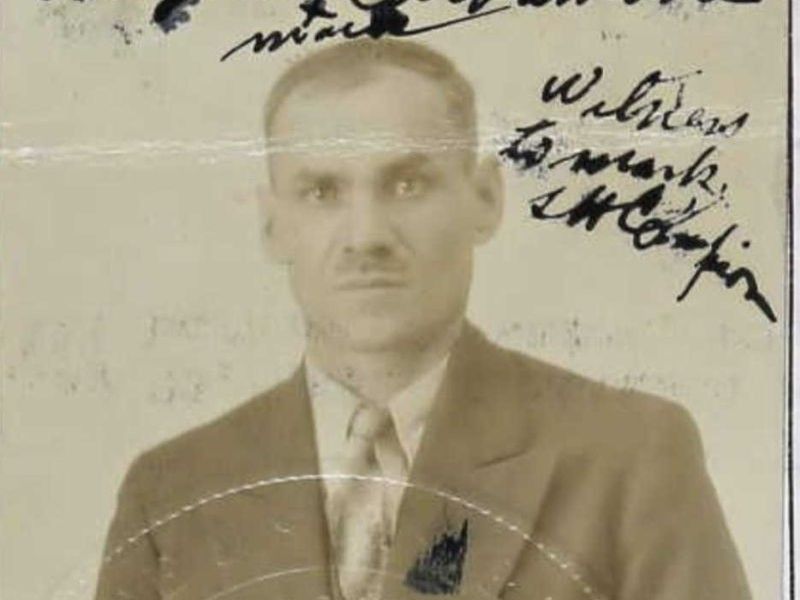This is the personal story of my great grandfather Vincenzo, who left Nicastro, Italy at age 17 for a new life in America. His journey, sacrifices, and legacy shaped the course of our family for generations. Through stories passed down and memories rooted in tradition, I reflect on what it means to come from such a strong lineage.
From Nicastro to Ellis Island
My great grandfather Vincenzo was born in 1892 in Nicastro, Italy, a town nestled in the Calabria region in Southern Italy. Today it’s part of the larger city of Lamezia Terme, but at the time, Nicastro was a humble village rooted in agriculture, religious tradition, and family. Like much of Southern Italy in the late 1800s and early 1900s, the region suffered from extreme poverty, limited land ownership opportunities, and the aftermath of Italy’s unification.
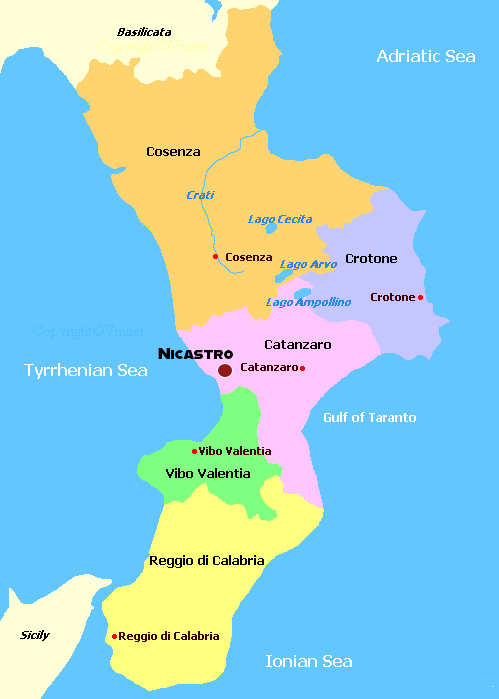
The South, or Mezzogiorno, had been largely neglected economically and politically. Farmlands were fragmented, work was scarce, and many families lived in tight quarters without electricity or plumbing. Adding to the hardship were high taxes and military drafts, along with natural disasters like earthquakes that further destabilized an already fragile region.
These conditions created a mass wave of emigration. Between 1876 and 1915, over 14 million Italians left their homeland—most of them from the South. Vincenzo, like many young men, saw America not only as a land of opportunity but as a lifeline. A place to work, save, and eventually provide a better future for his family.
At just 17 years old, Vincenzo boarded the SS Cedric in Naples and made his way to Ellis Island in New York City in 1909.
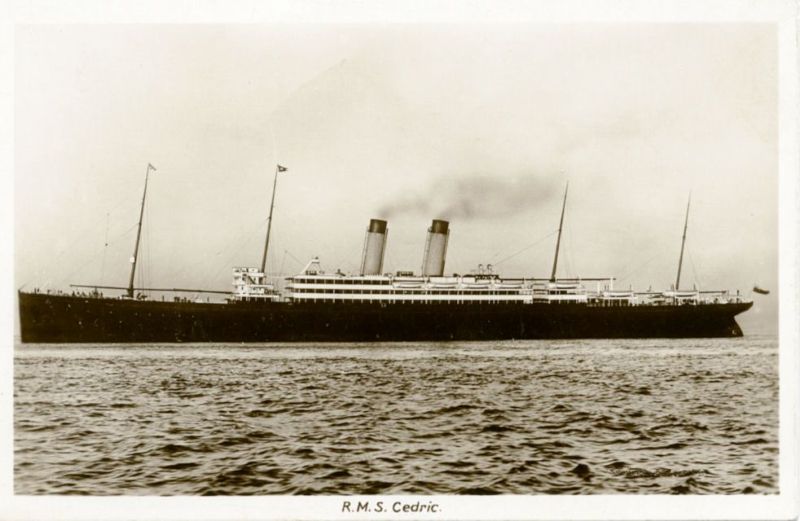
The RMS Cedric was an ocean liner operated by the White Star Line, launched on August 21, 1902, and entering service in 1903. At the time of her launch, she was the largest ship in the world, part of the “Big Four” class alongside Celtic, Baltic, and Adriatic. Built by Harland & Wolff in Belfast, the Cedric measured approximately 700 feet in length and had a gross tonnage of over 21,000. She could accommodate up to 2,877 passengers: 365 in first class, 160 in second class, and 2,352 in third class, which was primarily used by immigrants.
The Cedric primarily operated on the Liverpool–New York route, a major corridor for European immigrants heading to the United States. In 1909, when my great-grandfather made his journey, the Cedric would have been a common choice for travelers departing from Naples, Italy, to Ellis Island in New York City.
During World War I, the Cedric was requisitioned as a troop transport ship, serving various roles throughout the conflict. After the war, she returned to passenger service until she was retired and scrapped in 1932.
He was only 5 feet 5 inches tall, small in stature but filled with the grit and ambition it took to leave everything behind. He came alone, leaving his parents and siblings in Italy, who would eventually follow years later. I often think about what that must have felt like—to be a teenager stepping onto foreign soil with no family, no money, and no roadmap. He must have felt fear—but even more than that, he must have felt purpose.
Scranton: A New Beginning
Vincenzo settled in Scranton, Pennsylvania—a booming coal town and one of the industrial backbones of early 20th-century America. Scranton was gritty, loud, and built on the backs of immigrant labor. It was home to a vibrant mix of Irish, Italian, Polish, and Eastern European communities, each bringing their own cultures, foods, and languages.
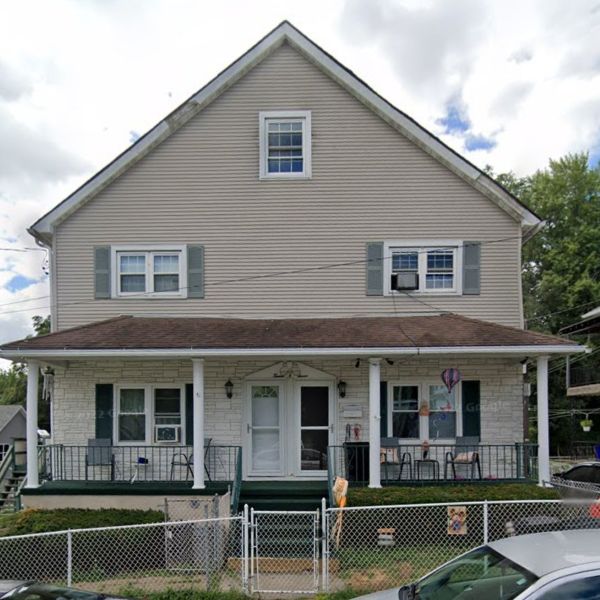
The city itself was surrounded by the rolling hills of Pennsylvania, its skies often hazy from coal dust. The Lackawanna River cut through the town, and the streets were alive with the sounds of trolleys and industry. For many immigrants like Vincenzo, it was the first taste of American life.
Coal mining was dangerous and unforgiving work—long hours in dark, claustrophobic tunnels with low pay and high risk. But it was steady employment. Vincenzo took it without hesitation. It was the price he was willing to pay for a future.
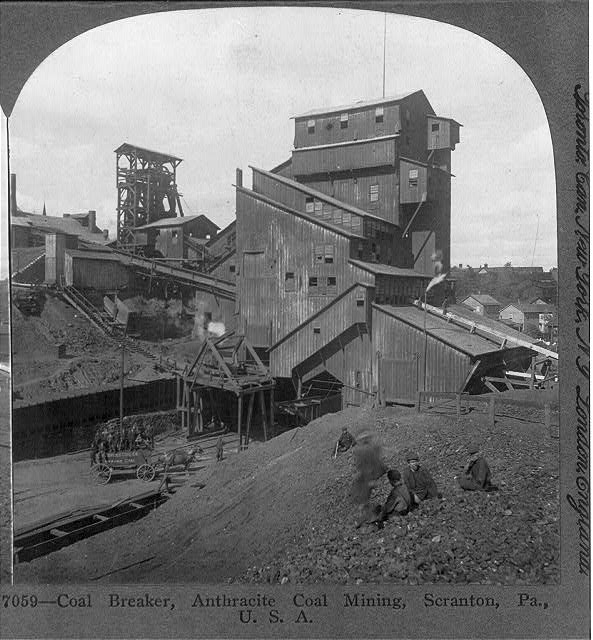
It was in Scranton that he met Mary, who would become my great grandmother. They started their life together, building a family amid soot-covered streets and the rhythmic clang of coal trains. Together, they had five children. One of those children would become my grandmother, Delina, the link between his life and mine.
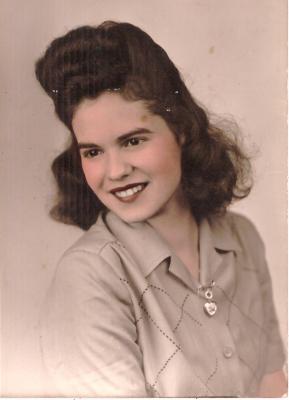
Their home in Scranton was humble but filled with the warmth of family and tradition. Faith played a central role. Church was not optional—it was foundational. Sunday Mass, baptisms, weddings, and feast days were all woven into the rhythm of their lives.
Family, Faith, and Formal Wear
Although I never truly knew him—he passed away about a year after I was born—his presence loomed large in our family stories. I was told he was quiet, not a man of many words. But when he spoke, people listened. He carried himself with quiet strength and old-school dignity.
Even when he did yard work, he wore slacks and a collared shirt. That detail always stuck with me. It wasn’t about vanity; it was about self-respect. There was something deeply Italian about that—about showing up in life with care, no matter the task. The idea that how you present yourself is a form of respect to others, and to yourself, runs deep in our culture.
I imagine him tending a garden with his sleeves rolled just slightly, collar still neat, a pocket watch perhaps tucked into his vest. A man of another time, but also timeless.
The Move to Norwalk
In the late 1940s, the family moved to Norwalk, Connecticut. At that time, Norwalk was a bustling post-war New England town, growing rapidly with returning veterans, new housing developments, and a sense of American prosperity.
The neighborhood where they settled had a strong Italian-American community. It was the kind of place where everyone knew each other, where neighbors waved from their front porches and greeted one another on the sidewalks.
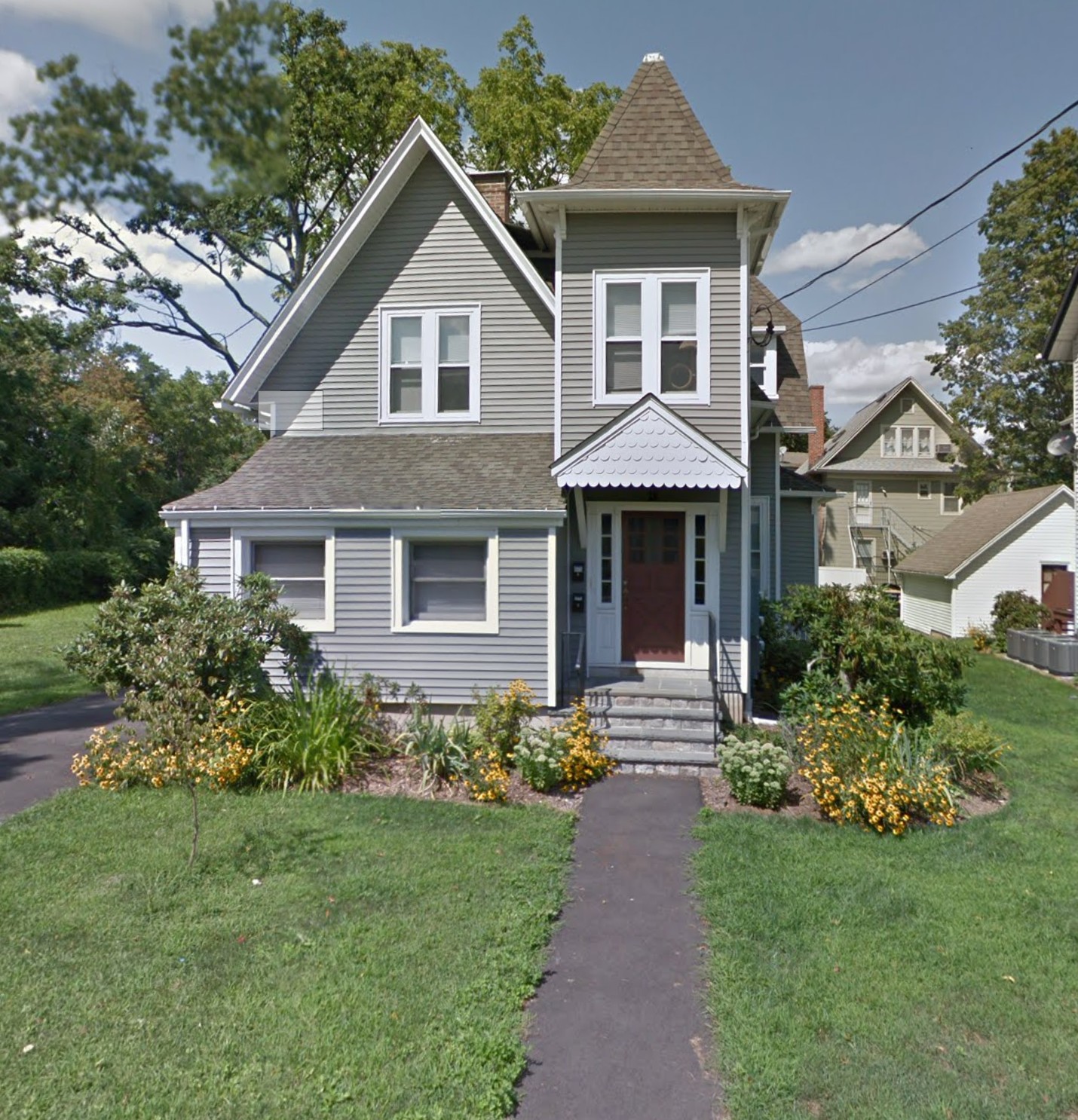
My grandmother raised her three children in the same house where I was eventually raised. This home became a kind of family anchor. It was more than a house; it was a generational hub, alive with stories and filled with echoes of the past.
By that time, the family had grown exponentially. Vincenzo and Mary’s five children gave them 25 grandchildren. Eventually, over 30 great-grandchildren would come into the world. I was the oldest of the great-grandchildren, which meant I straddled two generations. I identified more with the grandchildren than the younger great-grandkids who came after me. I was there for the earlier holidays, the bigger gatherings, the days when the table stretched across two rooms and still couldn’t fit everyone.
Everyone Was a Cousin
Growing up, it seemed like everyone in my world was a cousin. We had huge family gatherings. Holidays were a production—full of food, storytelling, laughter, and love.
Christmas was sacred. Christmas Eve meant food, food and more food. The house smelled like garlic and cookies baking. There were always new babies, kids running around, and adults squeezed elbow to elbow at long tables.
We had massive family reunions in the spring—dozens of cousins, eating sausage and peppers under rented tents or at someone house or church. Easter brought baskets & egg hunts. Someone was always holding a baby. Someone was always making a toast.
My cousin Jimmy, everyone says, looks exactly like Vincenzo. It’s uncanny. But truthfully, many of us carry his features—a strong brow, expressive eyes, and that quiet intensity. You could see him in all of us—in how we gestured, how we raised our voices, and even in how we worked really hard in what we do.
What It Meant To Come From Him
The older I get, the more I understand the weight and meaning of coming from someone like Vincenzo. He wasn’t a celebrity. He didn’t invent anything. He wasn’t rich. But he built something more powerful than wealth: he built a family with strong roots, values, and a sense of identity that spans oceans and generations.
We are the products of sacrifice. Of love held together through war, migration, poverty, and growth. Every time I cook pasta, speak a bit of Italian, or gather with family, I feel connected to him. I feel the ripple of his choices in my own life.
His legacy lives in the way we show up for one another. In the way we greet each other with kisses on both cheeks. In our stubborn pride. In our fierce loyalty. In our laughter and our food and the way we talk with our hands.
Keeping the Story Alive
In a world that moves fast and forgets quickly, I wanted to tell this story so that we don’t forget. We carry pieces of Vincenzo with us—in our mannerisms, in our family traditions, in our love for Italy and for each other.
I may not have personal memories of him, but I have something more powerful: a legacy passed down through stories, food, and the bonds of family. And now, through this story, I hope my children and their children will know the man who started it all.
Why I’m Telling This Story Now
I’m telling this now because we live in a time where roots are often shallow. Where digital connections replace real ones. Where stories are traded for soundbites. But I believe in remembering. In honoring the people who came before us. And in knowing who we are—not just because of our accomplishments, but because of where we came from.
Vincenzo’s story is not just about immigration or labor. It’s about love, perseverance, and quiet legacy. It’s about how one small man made a life big enough to hold generations.
And for me, the oldest of his great-grandchildren, it’s about saying thank you. Grazie, Vincenzo. Your story lives on.
